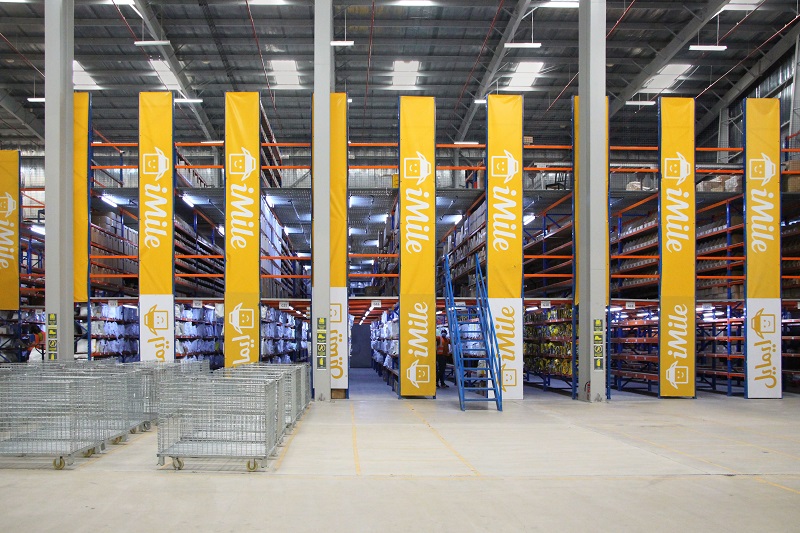By Naveen Joseph, Co-Founder, VP Strategy & New Markets for iMile
As eCommerce grows and supply chains fluctuate, logistics companies have been navigating an unprecedented landscape
The COVID-19 crisis has given rise to a new digital era. From hyperconnected consumers to increased automation, the pandemic accelerated digital growth across sectors, enabling transformation in the logistics industry.
The rise of eCommerce, coupled with fluctuating transport restrictions, provoked a new logistics landscape to emerge that presented the industry with unforeseen challenges and also, with unique opportunities for growth.

Even for the regional leader, UAE, eCommerce penetration accounted for only 4.2% of sales in 2017, compared to rates of over 10% in markets like China, the US and UK. The onset of the pandemic, however, pushed consumers online and fast-tracked the growth of eCommerce in the region. Key retailers in Saudi Arabia and UAE have experienced surges in eCommerce sales, experiencing year-on-year online sales growth upward of 40%.
Enhancing logistics has always been a key driver for eCommerce growth. When the pandemic hit, organisations were suddenly faced with pressure to adopt digital transformation. In order to remain competitive, businesses had no choice but to adapt and go online. Inevitably, logistics readiness was absolutely necessary to support the growth of eCommerce in the region.
Fortunately, countries in the region have a high standard of infrastructure that enabled logistics companies to overcome challenges presented by COVID-19. The UAE has an advantage as a major transshipment hub, with the ports and airports that are able to deliver a high standard of logistics infrastructure.
However, despite regional infrastructure, the pandemic’s impact on international and cross-border movement was worrisome. Supply chains around the world were disrupted. The ‘bullwhip’ effect hit the industry, with fluctuating consumer demands that had knock-on effects all the way up the supply chain. As consumer demand increased, logistics capacity decreased due to the travel and transport restrictions. The most common challenge faced by logistics companies was increased cost and availability of delivery associates.
But there is a common saying which is apt for this situation, “when the going gets tough, the tough get going”. Businesses had to adjust, improvise and innovate quickly to support growth and scale.
Amidst a global pandemic, businesses genuinely wanted to show empathy and enable the quickest, most convenient solutions for customers. The goal for logistics businesses has been to adapt to the sudden change and manage unexpected spikes in volumes, while constantly improving delivery success rates.
The first step in adapting has been a quick shift to work with local authorities and comply with new protocols. The COVID-19 crisis has also encouraged logistics businesses to adopt new technological advancements. Consequently, we’ve seen trends like automation, analytics and real-time visibility on the rise in the industry.
The logistics sector has embraced contactless operations to mitigate health risks. This includes using fixed presentation scanners in facilities to replace handheld scanners and contactless delivery using autonomous robots. Fulfillment facilities have also used robotics to tackle labour shortages and maintain social distancing.
There’s no doubt that the COVID-19 crisis has highlighted the essential nature of logistics operations, which have been on the front line of the pandemic. This includes delivery associates who are no fewer frontline heroes, relentlessly adopting necessary precautions to meet increased demand for deliveries.
In my experience working with iMile, the pandemic had a transformative effect on businesses working in the logistics industry. Many grew stronger – we have had to, in order to support the ecosystem, which was scaling at an exponential rate. With the onset of the pandemic, the logistics industry has been given the opportunity to grow and shape consumer’s path to purchase in way that can create value for the whole ecosystem.




